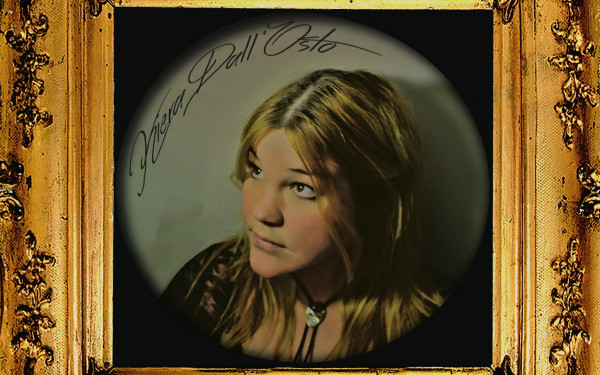Review of Larkin Grimm’s Album Chasing An Illusion
Musicians who tend to explore changes in tone rather than restrict themselves to a particular sound are the ones who usually have compositions that stand out. Among these musicians is Larkin Grimm is one who directs her attention towards her own sound, preventing herself from looking back at her previous work.
Using a vintage mixing board once used by David Bowie for his album Young Americans, Grimm’s upcoming album Chasing An Illusion provides direct lyrics that dig deep by exploring raw, vulnerable and ferocious emotions. Recorded inside a cave in Gowanus, New York, this will be the seventh album of Grimm’s musical career, set to be released June 16.
Chasing an Illusion digs deep into the genre of jazz music, but with a lighter touch. Each of the instruments used, including her vocals, deliver the same tone of jazz music, but without adding any distortion and reverb effect.
“It’s a healing album, like every single song is addressing some sort of pain,” said Grimm. Whether it’s mental or physical pain, each track provides ways of helping people to love themselves as well as others.
Before becoming the musician that she is today, Grimm studied sculpture at Yale University in 2004; she was in the process of working on a term project that involved several rules and restrictions, one of them being that she had to sing while constructing her project.
Her tone of voice attracted the attention of several musicians who wanting to know about her musical inspirations. They began inviting her to jam sessions around clubs and bars in the area.
After a few of these jam sessions, music label Providence Records took notice of Grimm’s compositions and wanted them recorded into an album and released out into the public.
Despite being invited to jam and being taken on by a record label, Grimm still had trouble gaining respect from other musicians in the industry. She didn’t have any prior experience in music since her education was mostly comprised of visual arts.
“People assume that I don’t like any sort of music. They are always shocked to hear that I don’t know a specific artist or [even] know what ‘Free Jazz’ is,” Grimm explained.
As Grimm composes different musical pieces, her intentions are to never sound like another artist, but rather to create a unique sound of her own. If someone tells her that she has a similar sound of another artist, then she considers this a failure. “Maybe I am being hard on myself, but my number one [goal] is originality,” she added.
Techniques that Grimm gained from painting and sculpting, such as patience and determination, are applied to her musical work. She doesn’t restrict herself playing a specific musical genre, key or beat, but thinks forward towards developing new rhythmic patterns and melodies.
Yoko Ono and Ornette Coleman are two of her main musical inspirations. Both musicians explore beyond the musical boundaries, making room for discovering different musical keys.
“They didn’t make their music for people to love them,” said Grimm. She describes how there are musicians who constantly want their audience to project love and affection towards them, instead of opening their musical horizons and discovering different styles of sound and interpreting their music.
Listening to Chasing An Illusion, the track “I Don’t Believe” immediately stood out. This song describes an individual experiencing intense psychological pain through having all of their horrific memories come flooding back, until someone understands the individual and reaches out to help them.
The track begins with the sound of a flute holding a high pitched note. Eventually, the harp slowly introduces itself into the melody, sounding as if the strings of a twelve-string electric guitar is lightly being picked without the use of a distortion effect.
The rhythmic pattern of the track changes once the drums kick in, providing a slow progressive beat, lightly using the snare, bass drum and cymbal.
Once the beat settles in, the main vocals make a sudden appearance while the background vocals make a slower quieter appearance by repeating the words “I don’t believe” over and over.
Towards the end of the piece, each of the instruments that were being used slowly phase out of the track until the background vocals are all that can be heard, still repeating the words “I don’t believe.”
After having listened to the album in its entirety, the only criticism that comes to mind is that Grimm could have used more transitions and tone changes in her tracks, which would have provided a different resonance and melodic patterns and maintained her listeners attention better.
On an overall note, though, Chasing An Illusion provides a combination of different instruments and interesting sounds from beginning to end.
Larkin Grimm // Chasing An Illusion // June 16 2017 // larkingrimm.bandcamp.com



_600_832_s.png)

_600_375_90_s_c1.jpg)


